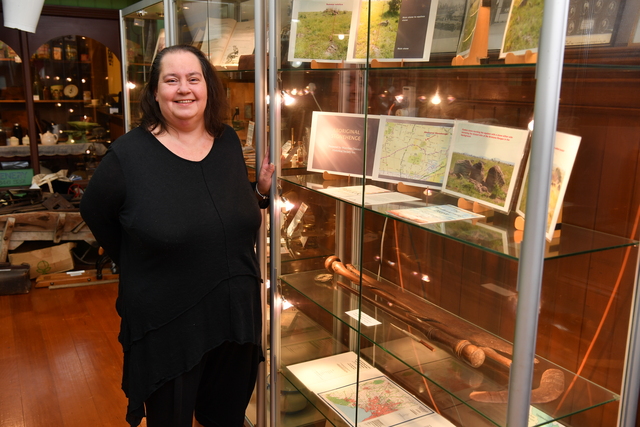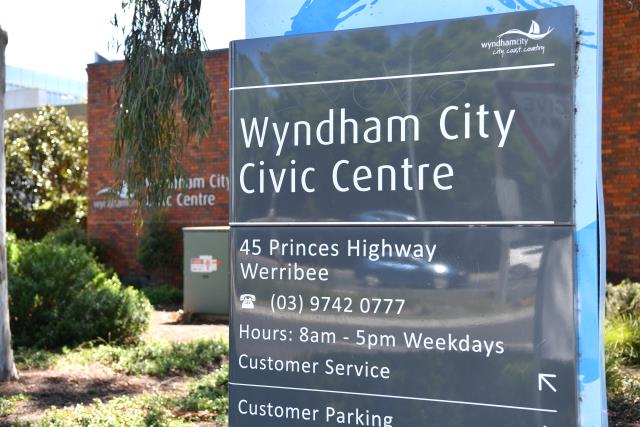It is well established that the night sky plays an important role in many Australian Aboriginal cultures and a little known stone arrangement near Little River is a prime example.
Wurdi Youang, also known as the “Aboriginal Stonehenge“, is an Indigenous stone arrangement consisting of a roughly egg–shaped ring situated in grasslands outside Little River.
The site is managed and protected by the Wathaurong Aboriginal Co-operative and is not currently open to the public, but those wanting to learn more about Wurdi Youang and its connection to the night sky, can visit the Werribee Museum where an exhibit on Wyndham’s very own Stonehenge is open to the public.
Made up of about 100 basalt stones, Wurdi Youang’s egg-shaped ring measures about 50 metres in diameter along the major axis, which is aligned east– west.
The stone arrangement is thought to have been used to accurately measure the setting sun’s position on the horizon at the spring and autumn equinoxes, and winter and summer solstices.
It may also have been used for ceremonial purposes.
Based on carbon dating, scientists who have studied the site estimate the age of Wurdi Youang at about 11,000 years old, which makes it possibly the oldest astronomical observatory in the world.
By way of comparison, Stonehenge in England is estimated at 5000 years old.
Anyone interested in learning more and seeing a few Indigenous artefacts on display, can visit the Werribee Museum on Tuesdays, from 10am to 3pm, and on Saturdays, from 10am to 1pm. Group bookings are also available by arrangement.
Cade Lucas







